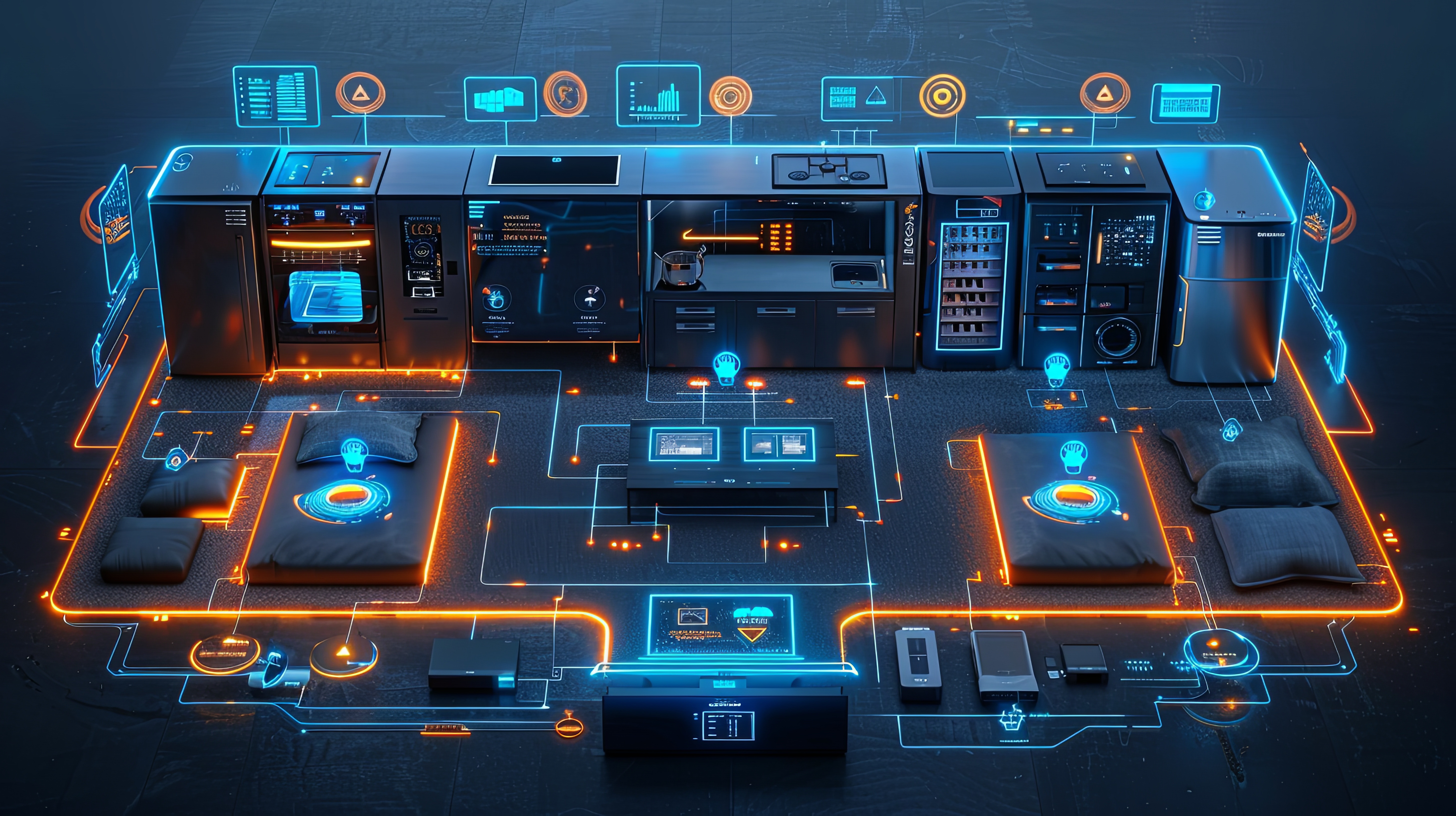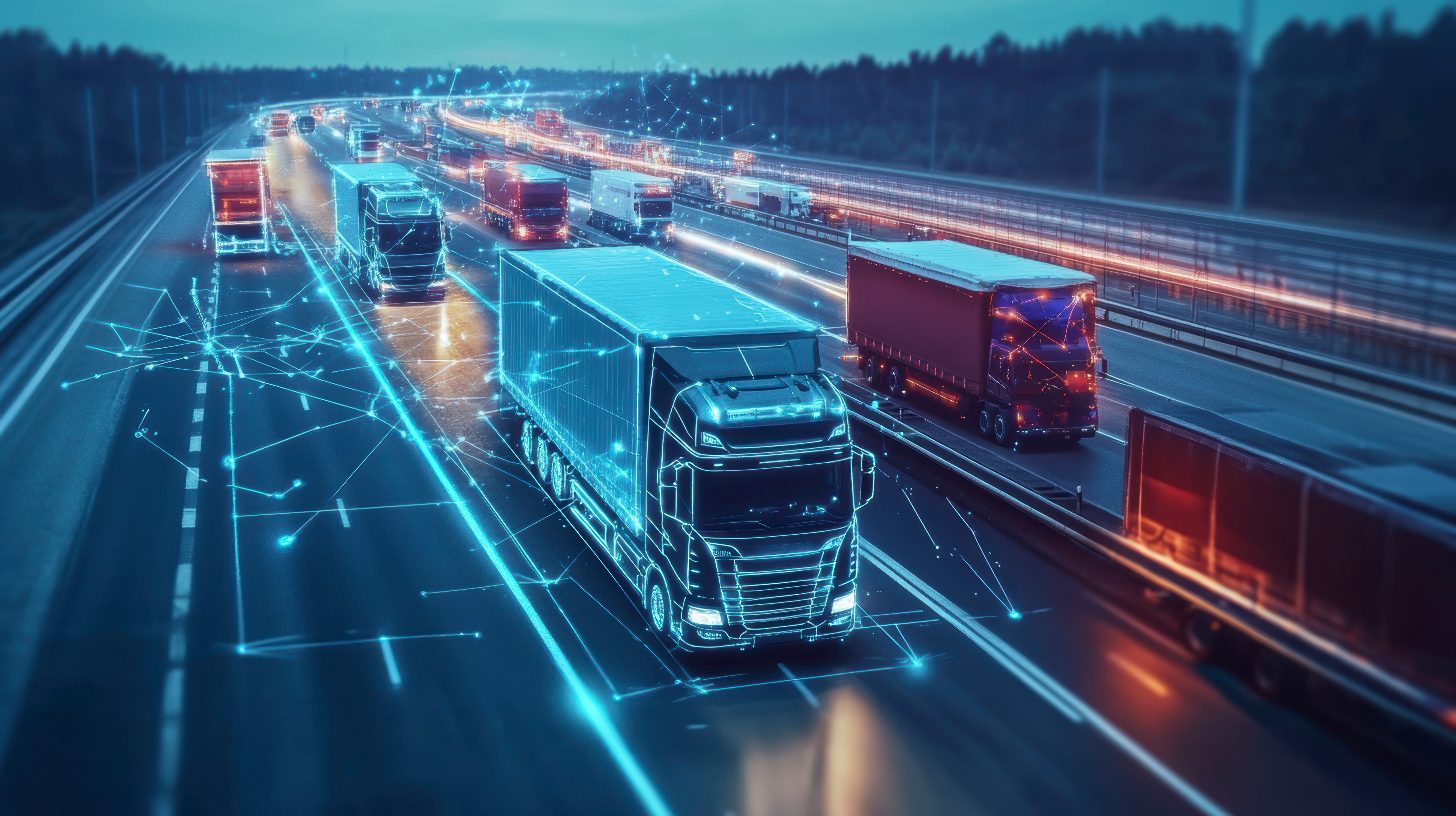- Products›
- AWS IoT
AWS Internet of Things
Unlock your IoT data and accelerate business growth
Why AWS IoT?
AWS offers Internet of Things (IoT) services and solutions to connect and manage billions of devices. Collect, store, and analyze IoT data for industrial, consumer, commercial, and automotive workloads.
Benefits of AWS IoT
Scale, move quickly, and save money, with AWS IoT. From secure device connectivity to management, storage, and analytics, AWS IoT has the broad and deep services you need to build complete solutions.
AWS IoT services address every layer of your application and device.
Create models in the cloud and deploy them to devices with up to 25x better performance and less than one tenth the runtime footprint. AWS brings AI, machine learning (ML), and IoT together to make devices more intelligent.
Build innovative, differentiated solutions on secure, proven, and elastic cloud infrastructure that scales to billions of devices and trillions of messages. AWS IoT seamlessly integrates with other AWS services.
AWS IoT Services
Edge services
Open allAn open source, cloud-neutral, real-time operating system for resource-constrained devlices like microcontrollers and micorprocessors that offers a fast, dependable, and responsive kernel.
AWS IoT Greengrass is an IoT open source edge runtime and cloud service that helps you build, deploy, and manage device software. It enables local processing, messaging, data management, ML inference, and offers prebuilt components to accelerate application development. It also provides a secure way to seamlessly connect your edge devices to any AWS service as well as to third-party services.
AWS IoT ExpressLink powers a range of hardware modules developed and offered by AWS Partners. The connectivity modules include software implementing AWS-mandated security requirements, making it faster and easier for you to securely connect devices to the cloud and seamlessly integrate with a range of AWS services. Using these modules, you can quickly transform any embedded device into an IoT–connected device with minimal design effort.
Connectivity and control services
Open allAWS IoT Core supports connectivity for billions of devices and trillions of messages, and can process and route those messages to AWS endpoints and to other devices reliably and securely. With AWS IoT Core, you can connect IoT devices to AWS without the need to provision or manage servers. AWS IoT Core message broker supports devices and clients that use MQTT and MQTT over WSS protocols to publish and subscribe to messages. It also supports devices and clients that use the HTTPS protocol to publish messages.
AWS IoT Device Management is a service that makes it easy to securely register, organize, monitor, and remotely manage IoT devices at scale throughout their lifecycle. You can use IoT Device Management to upload and view device information and configuration, organize your device inventory, monitor your fleet of devices, troubleshoot individual devices, and remotely manage devices deployed across many locations including updating device software over-the-air (OTA). With IoT Device Management, you can scale your device fleets and reduce the cost and effort of managing large IoT device deployments.
With AWS IoT Device Defender, you get tools to identify and respond to security issues at scale. AWS IoT Device Defender audits your fleet to ensure it adheres to security best practices, continuously monitors your device fleets to detect any abnormal device behavior, alerts you about security issues as they arise, and provides built-in mitigation actions for these security issues.
Securely ingest, stream, process, and store video and time-encoded data from connected devices at any scale. Amazon Kinesis Video Streams supports media ingestion over a WebRTC connection for secure storage, playback and analytical processing.
Industry-specific services
Open allAWS IoT SiteWise makes it easy to collect, store, organize and monitor data from industrial equipment at scale. You can use AWS IoT SiteWise to monitor operations across facilities, quickly compute common industrial performance metrics, and create applications that analyze industrial equipment data to prevent costly equipment issues and reduce gaps in production.
Optimize operations by easily creating digital twins of real-world systems. AWS IoT TwinMaker creates digital visualizations using measurements and analysis from a variety of real-world sensors, cameras, and enterprise applications to help you keep track of your physical factory, building, or industrial plant. You can use this real-world data to monitor operations, diagnose and correct errors, and optimize operations.
Easily collect, transform, and transfer vehicle data to the cloud at scale. Analyze vehicle fleet health to quickly identify potential maintenance issues, make in-vehicle infotainment systems smarter, or use analytics and machine learning (ML) to improve models for autonomous driving and advanced driver assistance systems (ADAS).
Possibilities with AWS IoT
Optimize industrial operations
Create rich and scalable industrial IoT applications to remotely monitor operations, improve quality, and reduce unplanned downtime.

Build differentiated consumer products
Develop connected consumer applications for home automation, home security and monitoring, and home networking.

Reinvent smart buildings and cities
Build commercial IoT applications that solve challenges in infrastructure, health, and the environment.

Transform mobility
Deliver IoT applications that gather, process, analyze, and act on connected vehicle data, without having to manage any infrastructure.

Featured solutions on AWS
Customers
Volkswagen Group
We will continue to strengthen production as a key competitive factor for the Volkswagen Group. Our strategic collaboration with AWS will lay the foundation.
Oliver Blume, Chairman of the Executive Board of Porsche AG and Member of the Board of Management, Volkswagen

iRobot
Traffic spiked by at least 20 times, but because of the simple scalability of a serverless AWS architecture, it was a nonevent. With a traditional architecture, it would have been all hands on deck.
Ben Kehoe, Cloud Robotics Research Scientist, iRobot

Carrier
Through this collaboration with AWS, we are developing a uniquely powerful ecosystem to give our customers greater flexibility, visibility, and intelligence across the cold chain.
David Appel, President, Carrier Refrigeration

Learn more about AWS IoT's customers
From emerging startups to large enterprises, learn why our customers choose AWS IoT.
